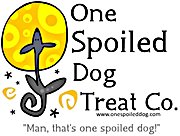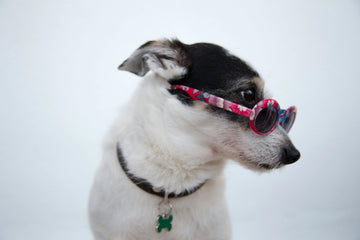Dog treats play an important role in shaping behavior, whether it’s training, reinforcing positive habits, or managing unwanted actions. By using treats effectively, you can guide your dog toward good behavior and create a strong bond. In this blog, we’ll explore how treats impact a dog’s behavior and how you can use them strategically for training.
How Treats Influence Behavior
Treats provide positive reinforcement, encouraging dogs to repeat desired actions. When your dog performs a behavior and is rewarded with a treat, they learn to associate that action with a positive outcome. This strengthens the behavior, making it more likely to be repeated.
- Encouraging Positive Behavior: Treats reward actions like sitting on command or staying calm in stressful situations. This reinforces the behavior, teaching your dog that good things happen when they follow your guidance.
- Immediate Feedback: Timing is key. Offering a treat right after the behavior helps your dog connect their actions with the reward, making training more effective.
Treats as a Training Tool
Treats are essential for training because they capture your dog’s attention and motivate them to learn.
- Teaching Basic Commands: Commands like “sit,” “stay,” and “come” are easier for dogs to learn when paired with treats. Dogs work harder and stay focused when they know a reward is coming.
- Reinforcing Good Habits: Beyond commands, treats reinforce everyday good behavior, like staying calm when guests arrive or walking politely on a leash.
- Correcting Problem Behaviors: You can use treats to redirect unwanted behavior. For example, if your dog barks at the doorbell, rewarding them for staying quiet helps teach an alternative response.
Choosing the Right Treats for Different Behaviors
Different treats work best for different situations. Here’s how to choose the right one:
- High-Value Treats for Difficult Tasks: High-value treats, like chicken or cheese, are ideal for teaching new behaviors or working in distracting environments. These treats help keep your dog focused when tasks are challenging.
- Low-Value Treats for Routine Behaviors: For behaviors your dog already knows, such as sitting or staying, low-value treats like kibble or biscuits are sufficient for maintaining these habits.
- Long-Lasting Treats for Patience: Chews or puzzle toys filled with treats are great for crate training or long periods of downtime, encouraging your dog to remain calm and patient.
How Treats Affect Mood and Focus
Treats aren’t just rewards; they also impact your dog’s mood and focus during training:
- Improving Mood: Offering treats in stressful situations, like vet visits or thunderstorms, can calm your dog and help them associate the situation with something positive.
- Boosting Focus: Treats keep your dog focused and engaged in training, especially when there are distractions around. The promise of a reward keeps their attention on you and the task at hand.
Avoiding Overuse of Treats
While treats are useful, overusing them can reduce their effectiveness:
- Diminished Motivation: If treats are given too freely, dogs may become less motivated to work for them. To avoid this, gradually reduce the frequency of treats once a behavior is learned, using verbal praise instead.
- Weight Gain: Overfeeding treats can lead to weight issues. Use small, low-calorie treats and monitor how much you’re giving your dog, adjusting their food portions if needed.
Balancing Treats with Other Rewards
As your dog masters behaviors, you can gradually phase out treats and replace them with other rewards like verbal praise, affection, or playtime. This ensures that your dog will continue to behave well even when treats aren’t available.
Conclusion
Dog treats are powerful tools for training and shaping behavior. Whether you’re teaching new commands or reinforcing good habits, treats provide the motivation dogs need to succeed. By using treats strategically and balancing them with other rewards, you can ensure your dog remains well-behaved without over-relying on food. With the right approach, treats can help you raise a happy, well-mannered dog.

